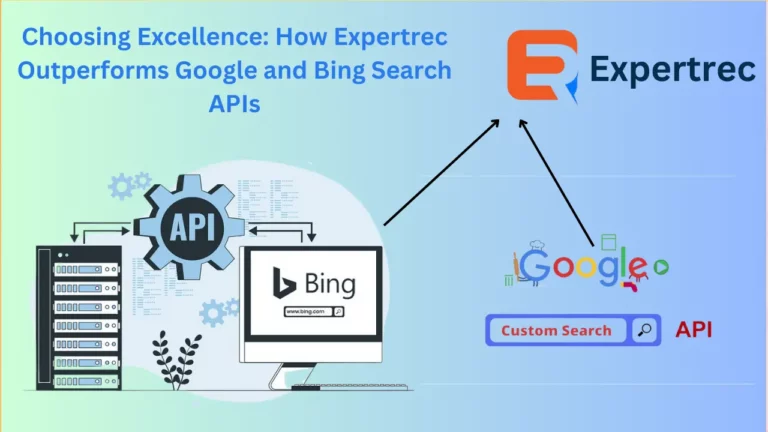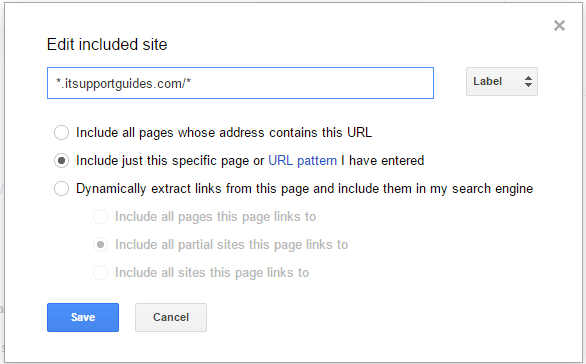Read Google Search Script for more information.
On-site search is a crucial feature on a website. When your visitors are on your website, no matter how they arrived, they might want to explore more. Of course, a popular posts widget on the sidebar or related posts listed under every blog post will help them read more content and stay on your site for a long time.
Google Search Widget
But what if they are looking for something really specific on your website? For instance, on this very website, you might want to look for something specific like “SEO plugins”. Scrolling through blog pages to see if such a topic has been covered on this blog is a tedious task, obviously. In particular, if you are on websites that have LOADS of content, doing something like that is impossible.
In order to make it easy for your visitors you will have to give them the option to do a search without leaving your website – and the search results should return results from your website, not from the web (like a search you do on Google.com)

Here we will visit the steps required to add the ExpertRec Custom search engine to your website. This is one of the easiest setup processes of all the available options out there and is highly recommended. This will add a Google search widget to your website quickly and you don’t need to write a single line of code to do it!
- Navigate to https://cse.expertrec.com/newuser?platform=cse and signup with your Google ID.
- Enter your website’s URL when prompted. You can select a server location near you and add the URL of your sitemap if you wish to. These will be auto-detected otherwise.
- You can play around with the settings and customize the UI as the crawl runs. Once it is complete, you can check out a fully functional demo before taking the search to your website.
- You can take the search to your website with little to no effort. All you need to do is to paste the code snippet available on the dashboard on your website.
ExpertRec comes with more customization options that you can explore. You can read this article to find a more detailed guide on the installation and configuration.



